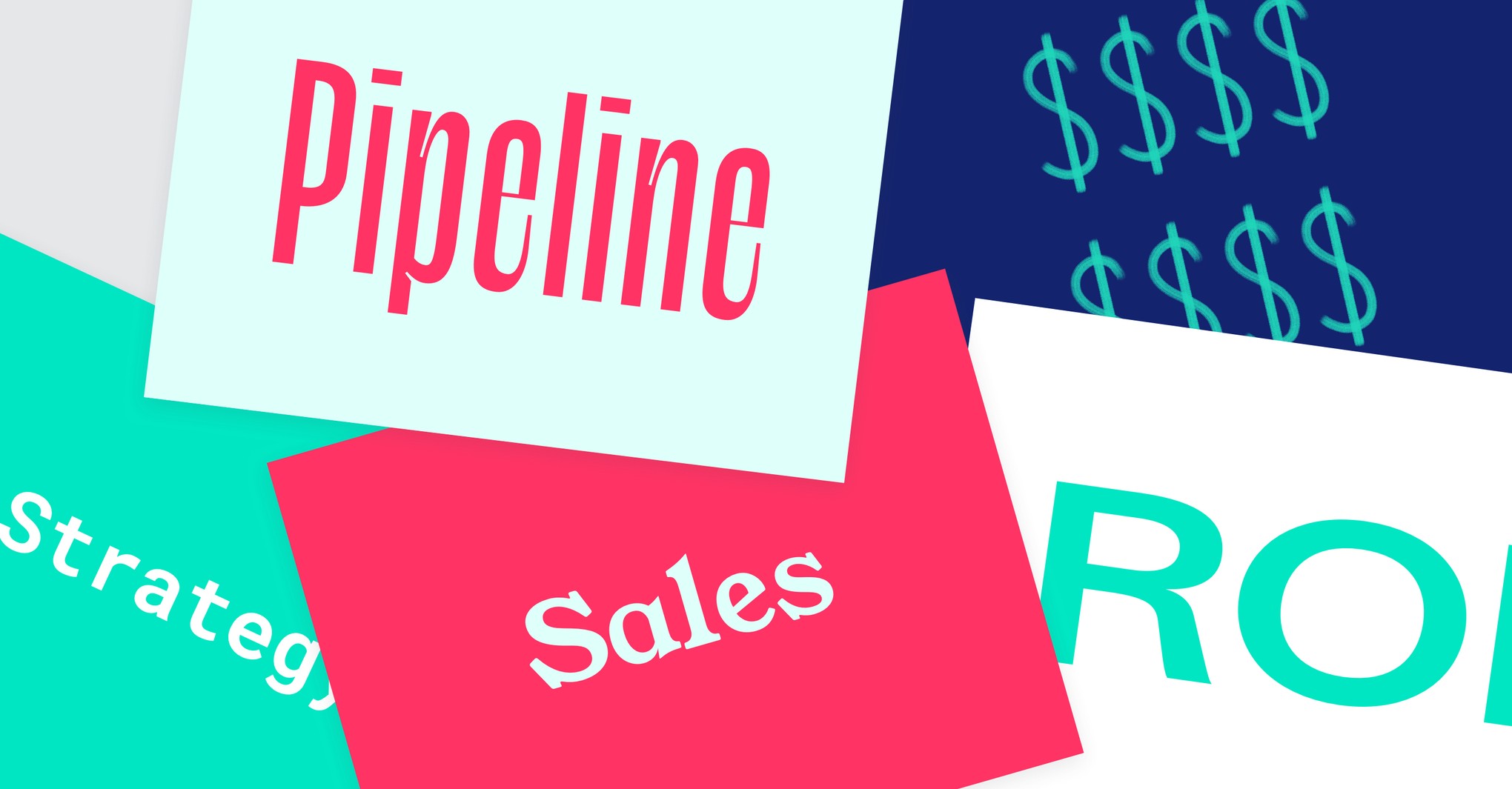Jess Day
You have an effective lead generation strategy that gives you many leads to work with. But actually converting those leads into paying customers can be tricky. (And even if you’re consistently converting them at a decent rate, there’s always the potential to increase that number.)
But before we tackle the conversion rate, let’s first examine what we're actually measuring. Getting more leads to convert requires us to first think about what we're offering and how we're doing it (ideally, in a way that appeals to them).
For this post, we'll look mainly at online conversion strategies.
According to WordStream, the median conversion rate for landing pages stands at 2.35%. If your landing pages convert at a higher rate than that, you’re doing better than average. But as the chart from the study shows below, many landing pages perform at 11.45%—while an even higher number perform below 0.5%.
What’s more, those landing pages all offer different things for customers. Some might be getting people to sign up for trials, others might sell products, or others may try to get people to sign up for email newsletters.
Focusing on whether your conversion rate is better than the average can be a meaningless task.
Because of all these differences, focusing purely on lead conversion rates on any online platform––landing pages, social media, emails, etc.––isn’t always going to help you increase conversion. Besides, what you ultimately want is for people who come across your product to turn into customers, not simply subscribe on your mailing list.
So, for these lead conversion strategies, we're going to focus on the ultimate goal of attracting the right customers for your product:
1. Be specific about who you’re trying to reach.
If you’re serious about increasing conversion, be very, very specific about who you’re selling to. You can do this by creating customer personas or using the jobs-to-be-done model.
Customer personas
To build a customer persona, you have to understand exactly what kind of individual you want to reach—not just a broad category of people in a demographic (commonly referred to as a target audience).
Here are the differences between target audience and customer persona:
The right column is specific down to every detail. It’s a real person you might know. Let’s say you approach a customer using only the information on the left versus only the information on the right. Which one allows you to build a more personal connection or offer a more personalized product?
According to this infographic from Single Grain, a personalized approach results in:
- 14% increase in email clickthrough rates
- 10% increase in conversion rates
- 18 times more revenue than broadcast emails
Understanding the people you’re talking to is the first step towards driving conversion. People are more likely to listen to what you have to say if you can address them knowing they’re a senior worried about their first job after graduation rather than just a college student.
Jobs-to-be-done model
There is a famous quote attributed to Henry Ford: “If I had asked people what they wanted, they would have said faster horses.” Regardless of whether he really said this or not, the quote points out the fact that customers wanted a faster mode of transportation, not a car.
The jobs-to-be-done model focuses on what customers actually need to achieve their goal instead of the characteristics of a person. Instead of knowing that Cathy is a CEO who has a lot of money to blow on a car, you might instead choose to focus on her need to get somewhere quickly. If you can enable her to do that, you have a winning product.
Skateboarders want an experience, not titanium hardware.
Dig deep into any product and you can find the reason customers want that product over others in the market. When someone buys a Ferrari, they don’t just want a faster car. They’re looking for the experience of being the center of attention or someone with high status in society. The product is simply a means to an end.
Understanding this dynamic can help you reach the right people—and maximize your conversion rates.

Pro-tip
Need more leads?
Learn how sales reps can prospect more effectively in this webinar with PersistIQ's CEO.
This is just as true for conversion rates. Yet when Disruptive Advertising audited 2,000 AdWords accounts, 42% of advertisers weren’t tracking anything. Of those companies not tracking conversion, 97% ended up with failed campaigns.
When you don’t track conversions at all, or do it poorly, you can end up wasting precious resources on ads that don’t convert or missing opportunities to increase conversion.
Not tracking conversion has consequences for sales.
Having a proper tracking system in place is the only way to know whether your strategies are working or not in order to improve them. If your goal is to increase conversion, you need to know how you’re doing right now. Otherwise, you’ll have no idea if you’re getting more conversions, or even if you feel like you’re getting more conversions, you won’t understand why.
If your conversions mainly happen online, here are some of the important metrics you should be tracking:
- Website traffic
- Social media engagement
- Email performance
- How many leads you’re losing
- Number of new leads or subscribers
Fortunately, many social media accounts track statistics for you so you can simply check in weekly to monitor your progress. Similarly, email performance is measured through marketing software or CRMs, while a Google Analytics account will show you statistics for your web pages.
Detailed statistics on Google Analytics including bounce rate, web traffic, and session duration.
The type of trackable information is limitless and can include things like the type of browser someone’s using, which country they’re from, and even what time of day they’re viewing your page.
Define what’s important for you to track and set up a schedule to go through the analytics reports on a weekly, biweekly, or monthly basis. This way, you’ll have tangible figures that tell you whether you’re doing better over time and which areas need more improvement.
3. Don’t write off late conversions—they can become higher-value customers.
When you’re tracking conversions, you might be inclined to pay more attention to customers who convert after a single website visit rather than those who visit 10 times before finally converting.
It can be exciting to see that someone bought your product right away as opposed to spending a lot of time before making their decision to buy. Something must be working if a customer was convinced on the spot, right?
But there can be enormous value in paying attention to those who convert later in the game. When Rand Fishkin, former CEO of SEO company Moz, tracked website visitors who converted right away, he found that customer churn was high. But those who visited 10 times tended to be more loyal and the loyalty increased in correlation to how many times they visited before converting.
Would you rather have a higher initial conversion rate and have customers dropping off like flies after, or would you rather have customers who stay loyal for a long time to come?

Pro-tip
Destroy churn.
Learn strategies to reduce churn and keep customers longer with this handbook.
If a lead has done a lot of research before committing to your product, it shows that they’ve put in the work to really understand your product. So when they finally decide to make a purchase, they’re a bit more qualified than someone that just bought from you on a whim.
Keeping a closer eye on late conversion can give you insights into customer behavior and why they’re sticking with you against other competitors. Try compiling a list of late-converting customers and sending out a survey to ask them:
- Why they finally chose your product
- Which other companies they were considering
- How much time they spent researching before buying your product
4. Use a lead scoring system to help you prioritize.
Lead scoring is the practice of assigning a numerical value to a lead so you can see how likely they are to buy. The higher the lead score, the more likely they’ll make a purchase soon.
But the key is to come up with a scoring system that works for you. You can assign scores based on the following factors, for example:
- Whether they’re in your target demographic
- How many times they visited your website
- If they’ve responded to your emails or not
- Whether they’re following you on social media
Combined with a customer persona, lead scoring can be really effective in determining who your best leads are. This also helps sales teams prioritize their workload so that they’re reaching out to those most likely to convert rather than simply going through a list of leads in order.
By focusing on your higher value leads first, you can increase your chances of conversion.
5. Validate your leads with a CRM to separate clutter from actual sales leads.
When marketing agency Straight North analyzed 373,000 inquiries over 18 months, they found that only about half of them were actual sales leads. The rest consisted of things like:
- Customer service communication
- Job applicants
- Phone misdials
- Auto-dialers
- Spam form submissions
- Empty form submissions
- Form submissions missing contact information like email addresses or phone numbers
Using a CRM that integrates with your email client or that can automatically pull contact information from the web can help with lead validation. If you get a spam email address, for example, the CRM won’t have any information for you such as the person’s social media profiles, website, address, or company information.
An example of customer information Copper pulls from the web.
This makes it easier to weed out fake email addresses and reach out to customers who are real sales leads. The less time you waste with unvalidated sales leads, the more time you have to spend with leads who might actually convert.
Ready to convert more leads?
The quickest way to increase conversion is to make sure your leads are valid potential customers who have a higher likelihood of making a purchase. To do that, you need to be aware of the factors that make someone your ideal customer.
Paying attention to things like customer personas and conversion rates and behavior can help you minimize time spent reaching out to those who don’t have high lead scores––and therefore unlikely to convert––so you can start increasing your chances not just for conversion, but customers who stay loyal in the long run.






